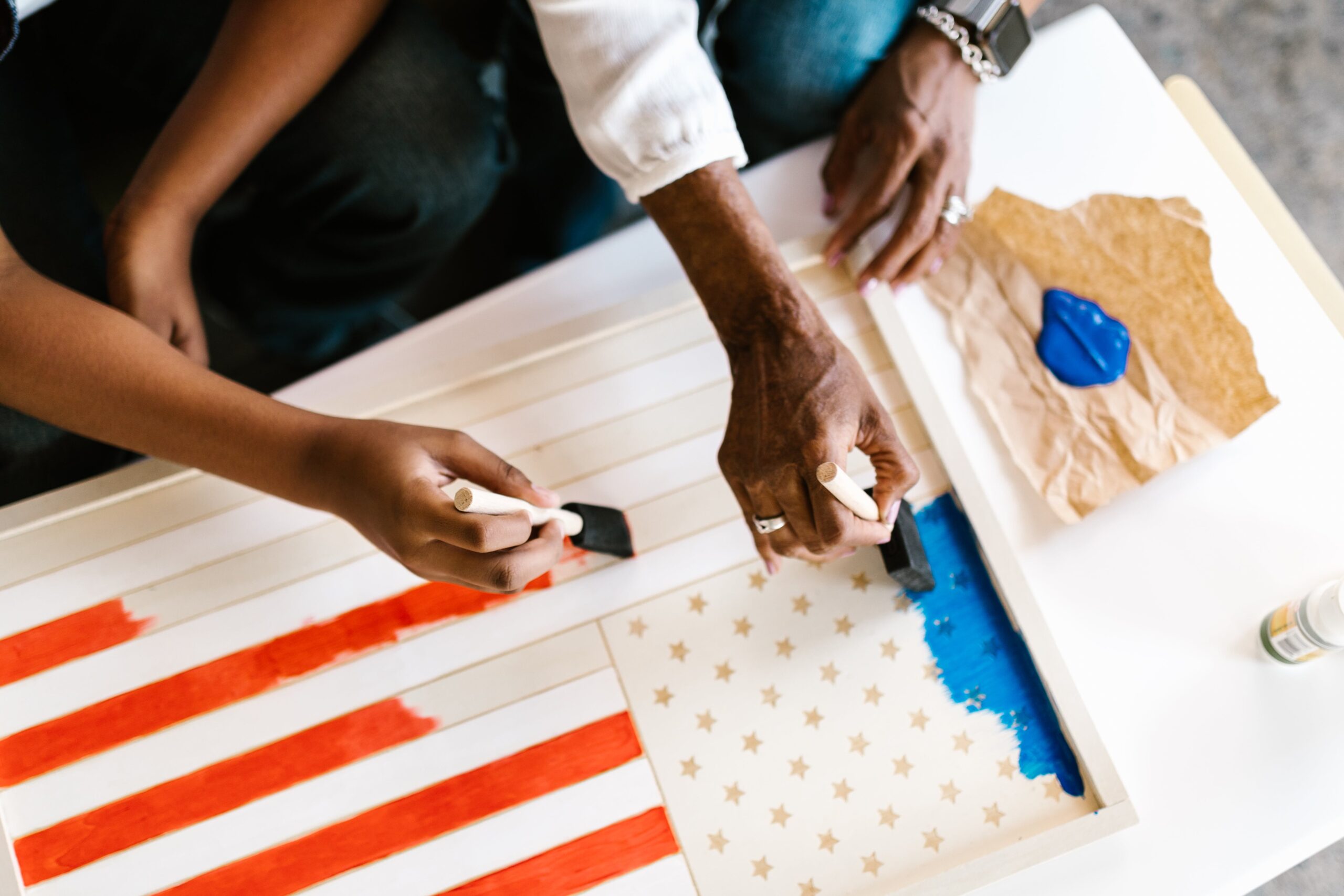Supporting Community — a Way of Life Across America
“When I was a boy and I would see scary things in the news, my mother would say to me, ‘Look for the helpers. You will always find people who are helping,’” Fred Rogers once told his “Mister Rogers’ Neighborhood” audience.
America continues to be a nation teeming with helpers. Very rural county types have the highest helping rates. In both the young, more diverse Native American Lands and the older homogenous Aging Farmlands, 93% of residents said they helped a relative, neighbor, or friend in their community in the past year, according to the recent American Communities Project/Ipsos Study.
This helping question was asked slightly differently for the other county types. Among the 13 remaining types, 73% of Americans helped a relative, friend, or neighbor in their community with a small task in the past year, and 48% helped with a large task in the same period.
In the LDS Enclaves, Mormon strongholds in Utah and Idaho, 66% said they helped with a large task, with 28% saying they did so in the past month. In another strongly religiously affiliated county type, Evangelical Hubs, composed of 375 counties in the South and Midwest with large numbers of Evangelical Christians, 52% said they helped a relative, friend, or neighbor in their community with a large task, with about 30% saying they did so in the past month. It was the same in Rural Middle America and Graying America, rural, older, middle-income, and less diverse county types.
A clear majority helped members of their community with smaller tasks. More than 60% of residents in every single community type said they helped a relative, friend, or neighbor with a small task in the past year. In Big Cities and Urban Suburbs, where people of many different backgrounds interact daily, 65% and 69% of residents said they helped with a small task. In the Big Cities, 35% helped in the past month, and in Urban Suburbs, 42% helped in the same period.
Other less diverse suburbs had higher percentages of small helpers. For the middle-income Middle Suburbs, it was 77%, with 42% helping in the past month. For more affluent Exurbs, it was 71%, with 41% helping in the past month. In College Towns, full of transient residents of varying ages, 76% said they helped a relative, friend, or neighbor with a small task, and 42% of them said they helped in the past month.
Volunteering
Nationwide, about 50% of Americans said they volunteered for a church/religious center or a non-religious charity in the past year, according to the recent American Communities Project/Ipsos Study.
Outpacing the national average were very rural county types concentrated in the Plains, the Southwest, and Alaska. In lower-income Native American Lands, 62% said they volunteered for a church, religious center, or non-religious charity activity. In middle-income Aging Farmlands, 59% said the same.
For the 13 remaining county types, the survey measured church and non-church volunteering separately. Volunteering for religious entities was highest in rural types of various geographies, races, ethnicities, and socioeconomic backgrounds. In the LDS Enclaves, where church missionary work is woven into daily life, 44% said they volunteered at church or a religious center, with 28% reporting they did so in the past month. In the lower-income African American South, where churches are pillars and church-going is central, 30% said they volunteered at church or a religious center, 20% in the past month. It’s a similar pattern in the middle-income communities of Rural Middle America across the country’s upper tier: 29% of residents said they volunteered at church or a religious center, with 14% doing so in the past month.
In non-church charity activities, the LDS Enclaves still came out on top. Here, 31% of residents said they volunteered for non-church charities in the past year. Just behind these Mormon-heavy communities were the Middle Suburbs in the industrial Midwest at 29%, and 10% of Middle Suburbanites volunteered in the past month. Volunteering at non-church charities, the multicultural, affluent Urban Suburbs came in tied with older, more homogeneous Rural Middle America at 28%.
Donating
Overall, more than 50% of Americans said they donated to a church or charitable organization in the past year. Percentages were highest in the most rural county types: Aging Farmlands at 79% and Native American Lands at 75%, according to the American Communities Project/Ipsos Survey. These county types have different socioeconomic conditions. For example, in the Aging Farmlands, the median household income is $56,623. In the Native American Lands, it’s $47,266. The national average is $69,717. Child poverty stands at 16% in the Aging Farmlands and 30% in the Native American Lands.
Several notches above the national average were LDS Enclaves and Rural Middle America, with 60% saying they donated in the past year. In the LDS Enclaves, where the median household income is $63,576 and contributing can be part of church expectations, 38% of residents donated in the past month. In Rural Middle America, 35% did. In these 628 counties, the median household income is $61,285.
A variety of county types were situated in the mid-50 percent range, showing how donating is part of the American experience, irrespective of geography, race, ethnicity, and socioeconomic circumstance.
- In lower-income Evangelical Hubs, where the median household income is $47,083, a formidable 57% donated in the past year, with 36% of residents contributing in the past month.
- Middle-income Graying America, too, clocked in at 57% in the past 12 months.
- In the Middle Suburbs and College Towns, 56% of residents donated to a church or charitable organization in the past year.
- In the African American South, where the median household income is $42,212, 54% of residents said they donated in the past year. It was the same percentage in the Exurbs, where the median household income is almost double at $80,286.
